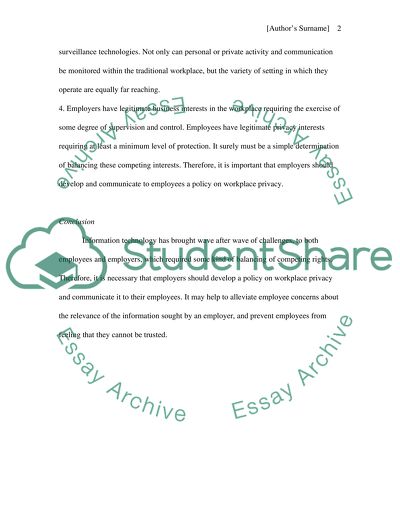Cite this document
(“Ethical Issues/Situations Research Paper Example | Topics and Well Written Essays - 2250 words”, n.d.)
Retrieved from https://studentshare.org/law/1440436-ethical-issues-situations
Retrieved from https://studentshare.org/law/1440436-ethical-issues-situations
(Ethical Issues/Situations Research Paper Example | Topics and Well Written Essays - 2250 Words)
https://studentshare.org/law/1440436-ethical-issues-situations.
https://studentshare.org/law/1440436-ethical-issues-situations.
“Ethical Issues/Situations Research Paper Example | Topics and Well Written Essays - 2250 Words”, n.d. https://studentshare.org/law/1440436-ethical-issues-situations.


